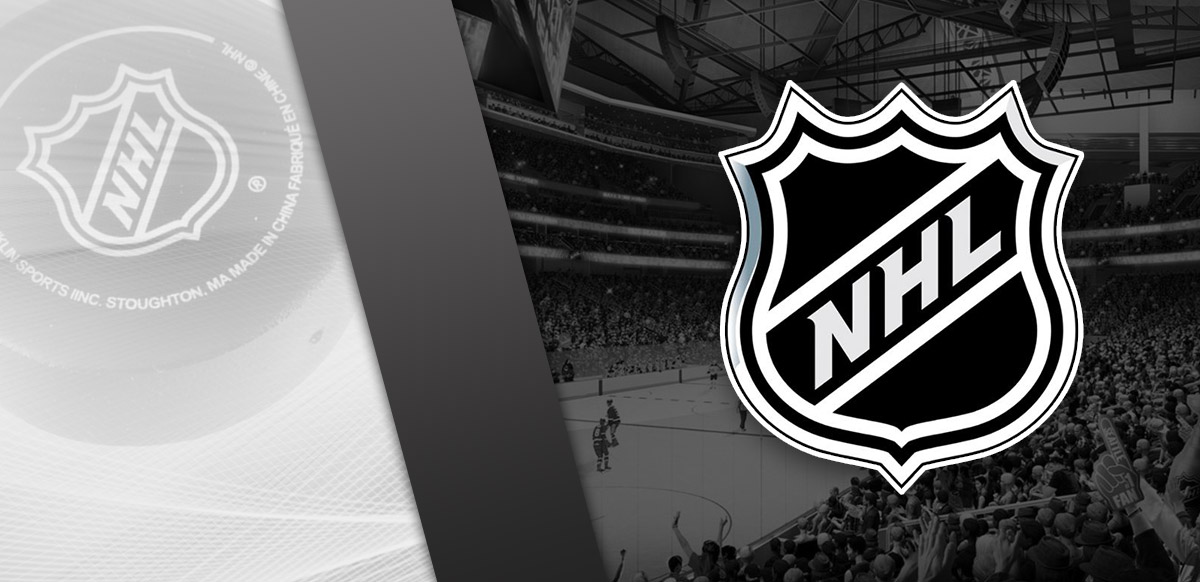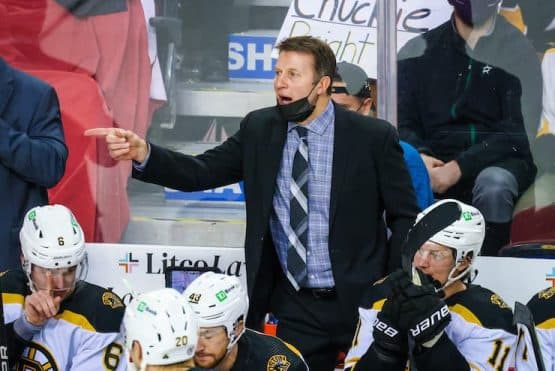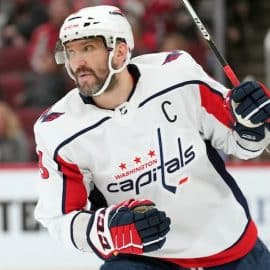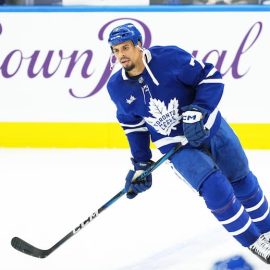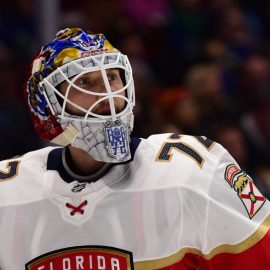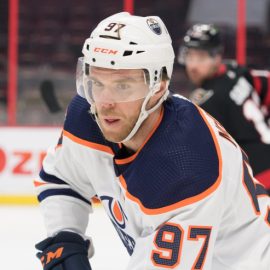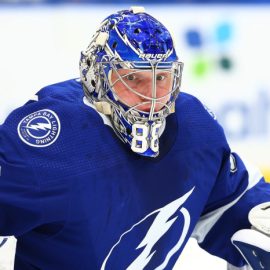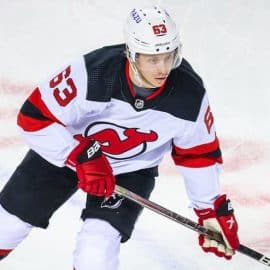NHL training camps have been reopened since July 13th, and the league shared some good news Monday regarding COVID-19 testing during Phase 3. Between then and July 17th, 2,618 tests for the virus were given to over 800 players. Of those tests, only two players tested positive.
It’s a huge sigh of relief, with some training camps taking place in states where cases of the illness are sharply increasing, and is a positive sign in this critical week before the teams prepare to leave for Toronto and Edmonton on July 26th.
When the league and the NHLPA worked on its Return to Play plan, there was no way for them to know what the rate of positive tests would be, but the agreement led to the birth of an all-encompassing label to cover any reason a player might not be on the ice.
Unfit to participate.
Somehow they managed to come up with something far vaguer than the “upper-body injury” and “lower-body injury” monikers. The vagueness of “unfit to participate” has done nothing but lead to rampant speculation on what is actually going on with players not participating in practices and left coaches twisting in the wind when pressed with questions.
Take Pavel Buchnevich of the New York Rangers, who left the ice part way through practice Saturday. Under normal circumstances, a player leaving the ice would just be chalked up to tweaking something and not being able to return. Asked about it post-practice, coach David Quinn was left with no other answer than he was unfit to play. Buchnevich didn’t participate in Sunday’s scrimmage, leading to Quinn, when asked again, only able to proclaim that whatever it was, it would not cause him to miss the start of the Blueshirts’ qualifying round against the Carolina Hurricanes. The right-winger returned to the ice for practice Tuesday.
Jakub Voracek was not at the Philadelphia Flyers’ Saturday scrimmage, leaving questions as to why he was absent. Interviewed on Sunday after returning, he revealed that he’d received an inconclusive test Friday, and was held out per requirements and retested. He was none-too-pleased about all of the questions about what was going on with him.
“That’s what’s wrong with this world today — everyone seems entitled to know everything about each other.” He said on the video conference with the media. “It’s not a bad thing to have some privacy sometimes. I mean, do you know all the cases every day that are diagnosed? Do you know all the people and everything about them? No, somebody wants to keep it quiet. If you guys want to ask me what happened, you can ask me, I’ll tell you, I don’t care. You don’t have to dance around it.”
It is understandable that players would want their privacy maintained. However, every season, the public is made aware when the flu bug is running rampant through a team and who will be out of the lineup because of it. Back in 2014, the public knew about an outbreak of the mumps which, like COVID-19, can be spread to those in close proximity through coughing and sneezing up to two weeks before someone starts showing symptoms. Sidney Crosby – who has yet to make an appearance at Pittsburgh Penguins camp – held interviews with his face swollen from the illness. Fans who are invested emotionally and financially in these teams and players are just used to generally knowing what is going on from that perspective. That might be what makes it somewhat head-scratching that this disease – that there is no shame in contracting – is the illness they want to keep quiet on.
Voracek might not have appreciated being pressed, but he – and other players – should get used to it. Between now and October, as long as a player doesn’t sustain an injury in plain sight at either a practice or in a game, the questions will persist. That’s the price they will have to pay to maintain the negotiated privacy they desire.
Follow us on Twitter @NHLShout and “Like” us on Facebook. You can also email us at [email protected].
Add The Sports Daily to your Google News Feed!
